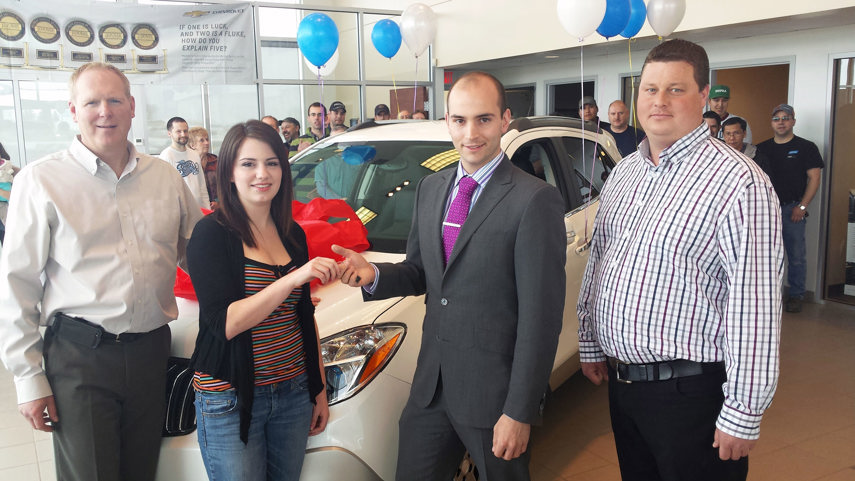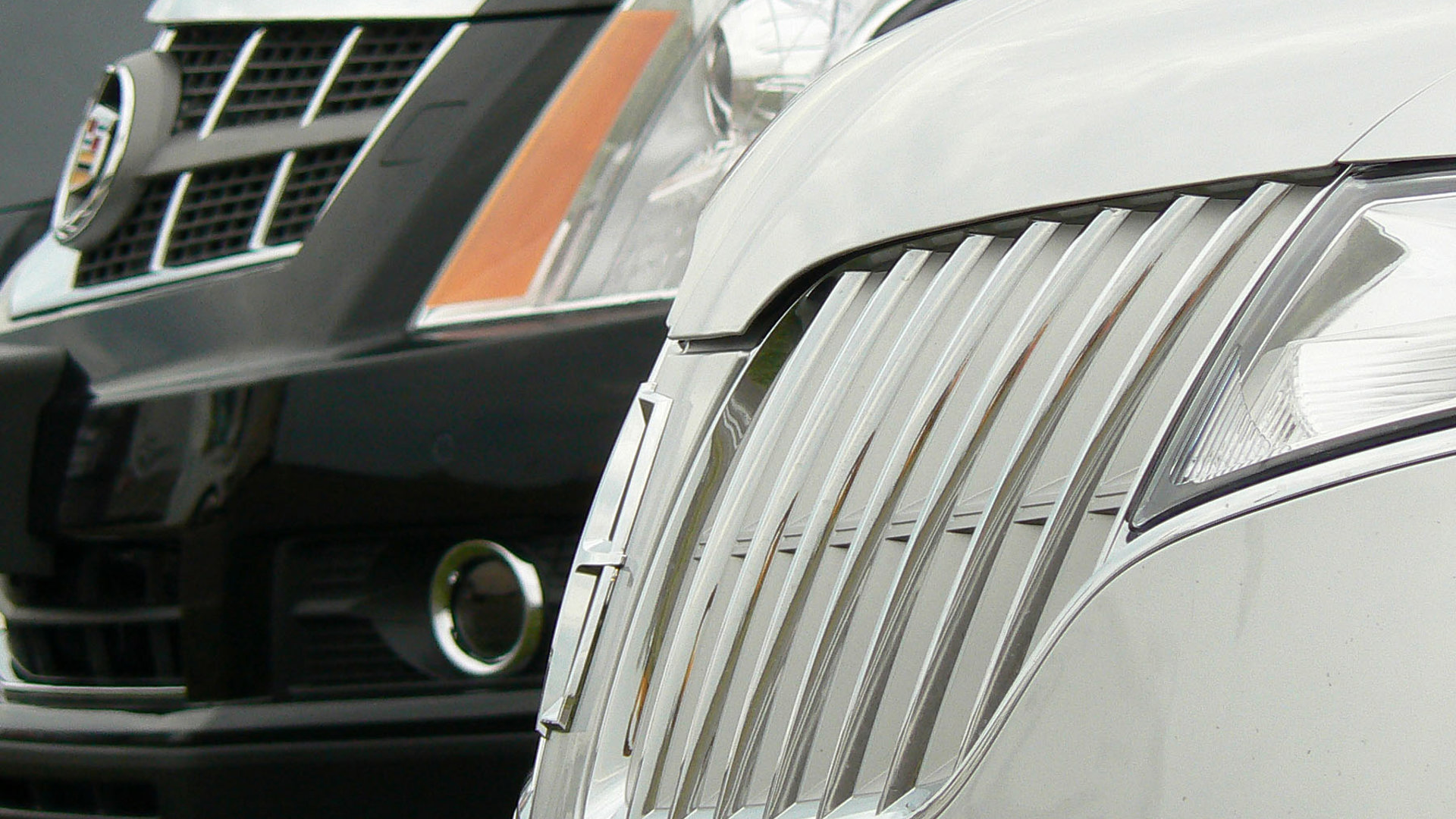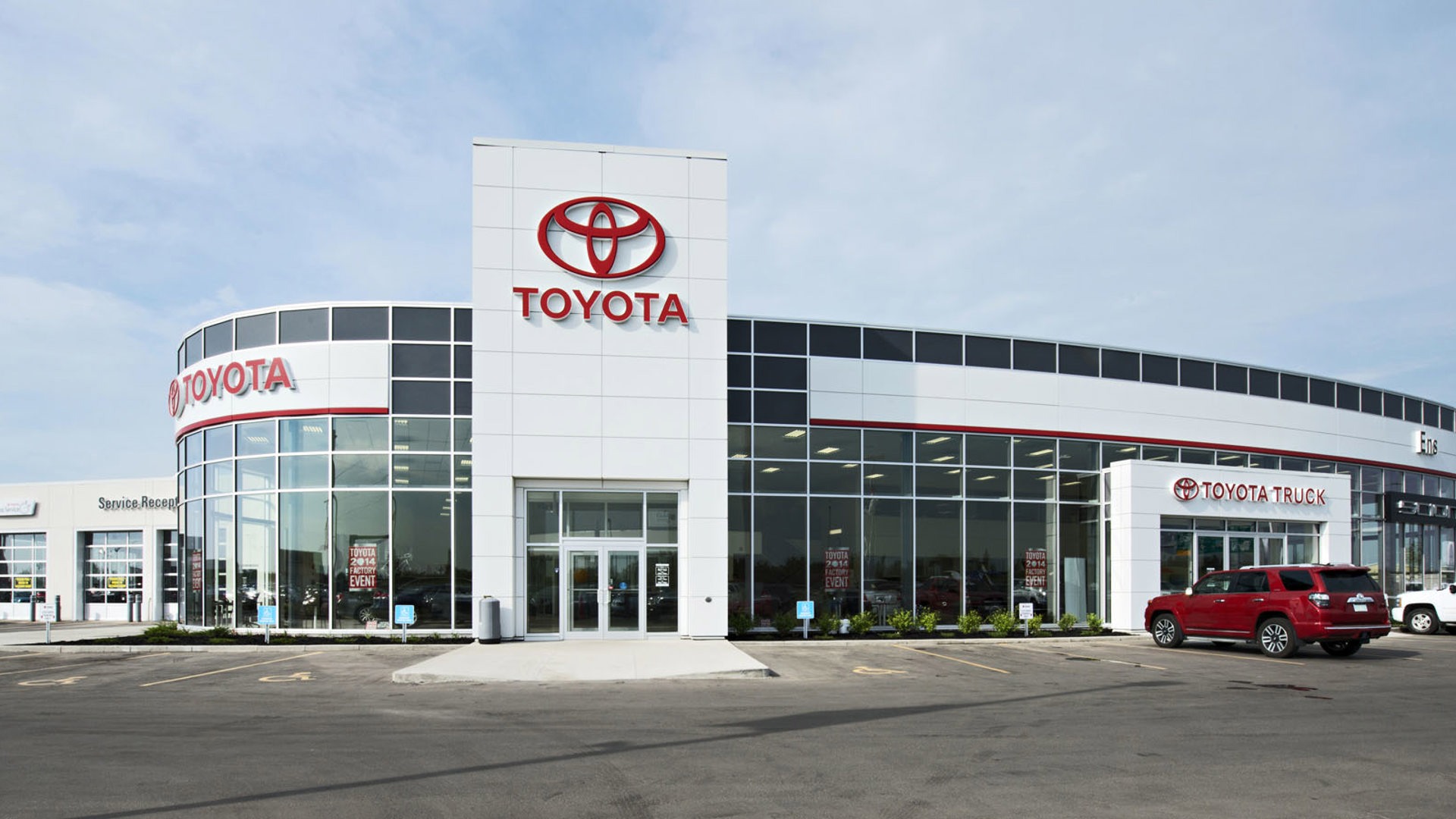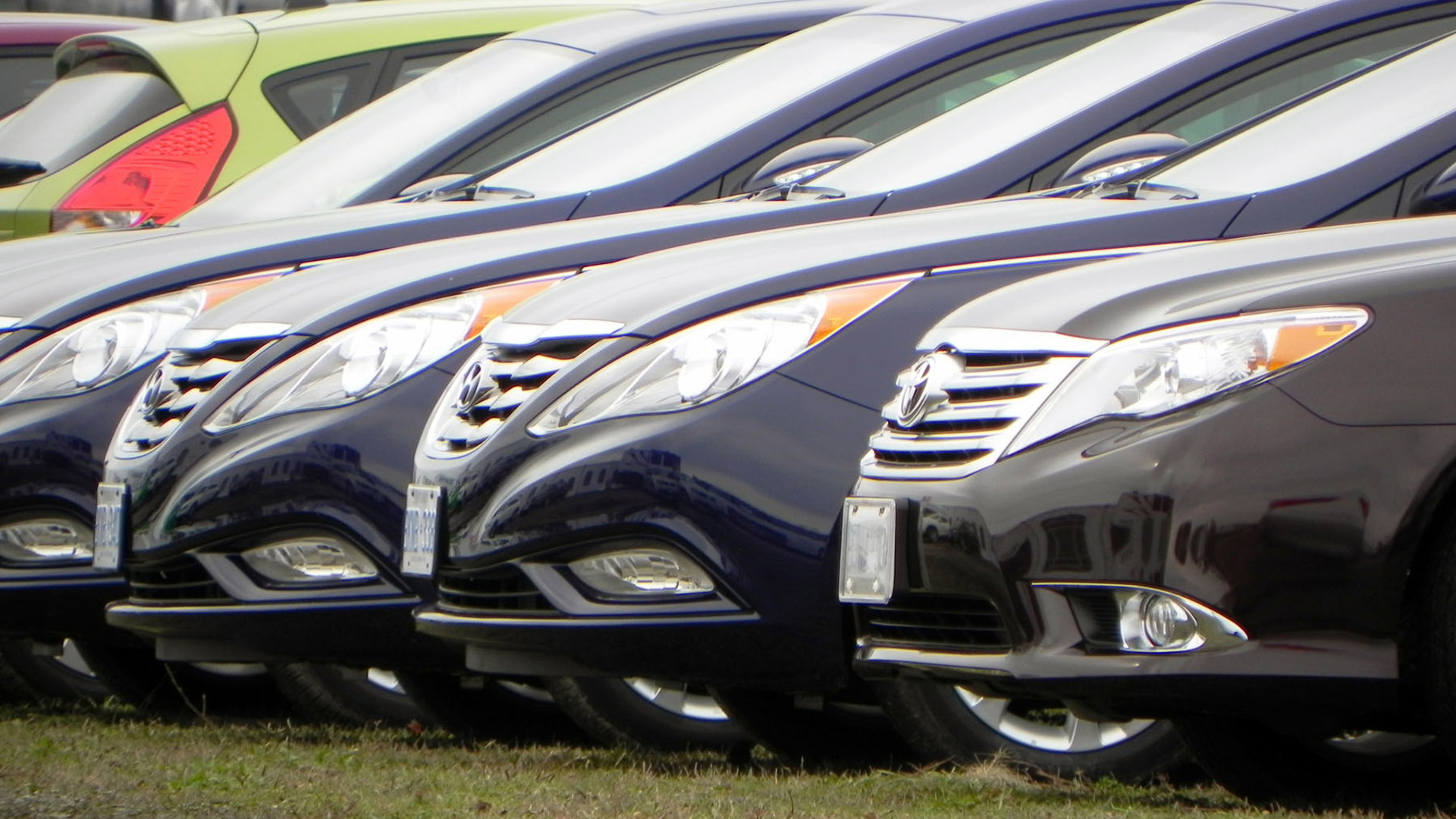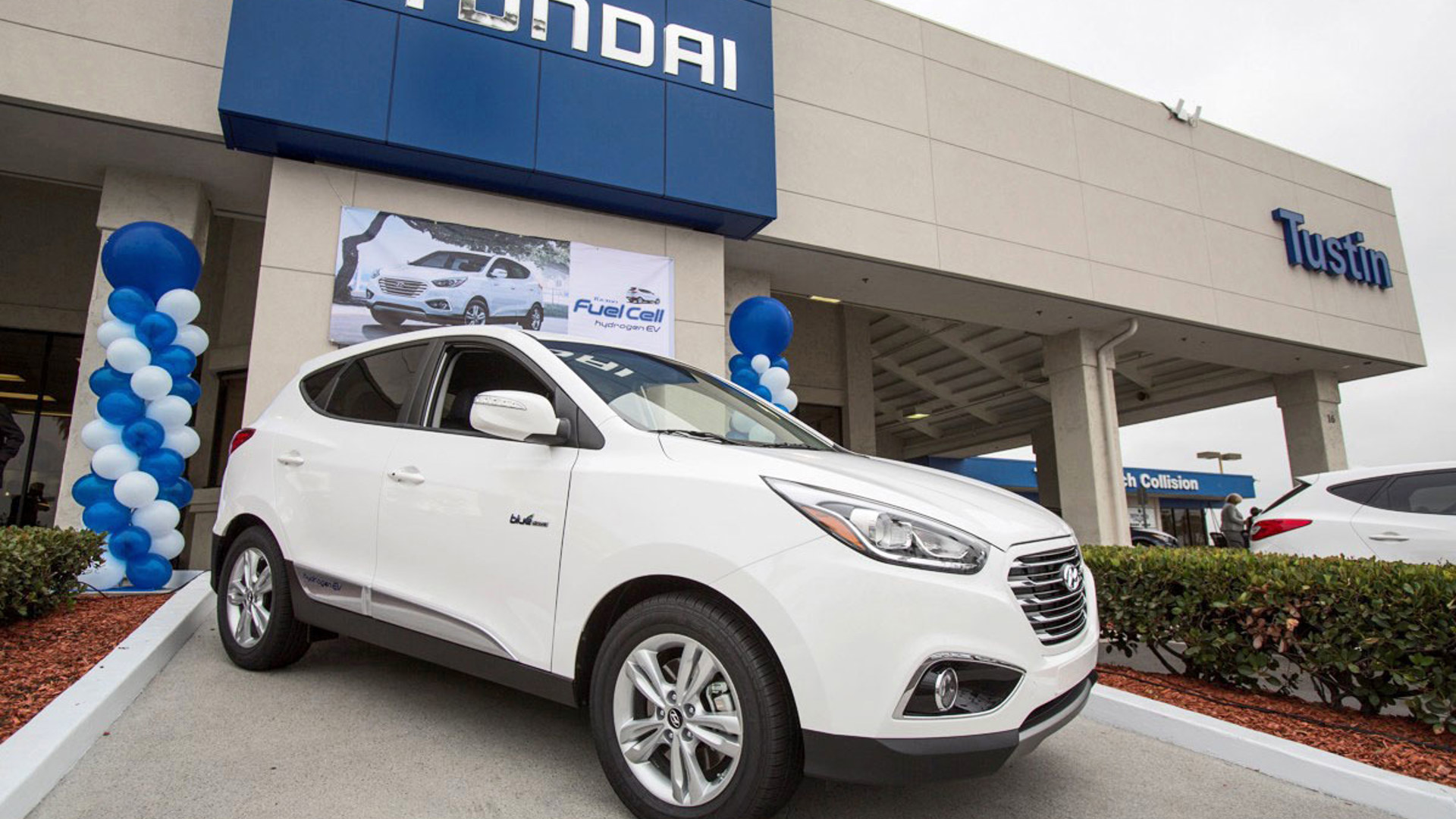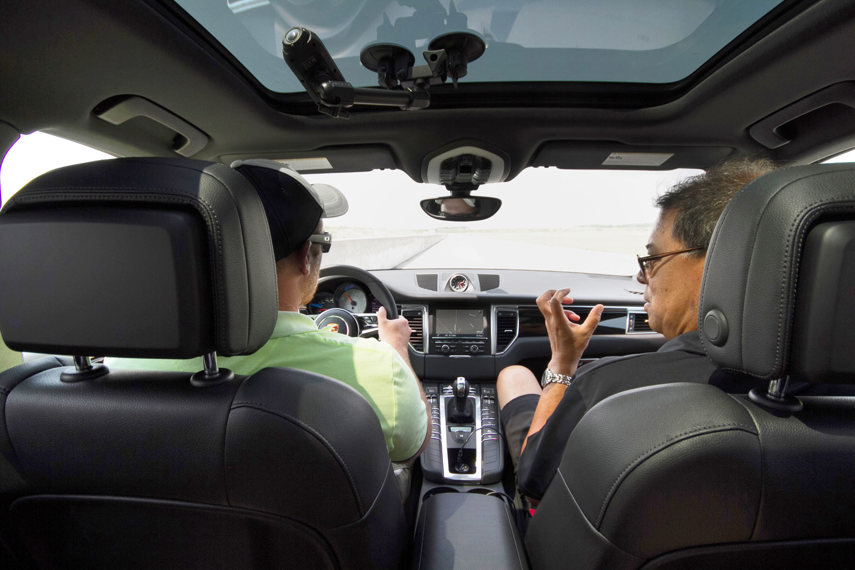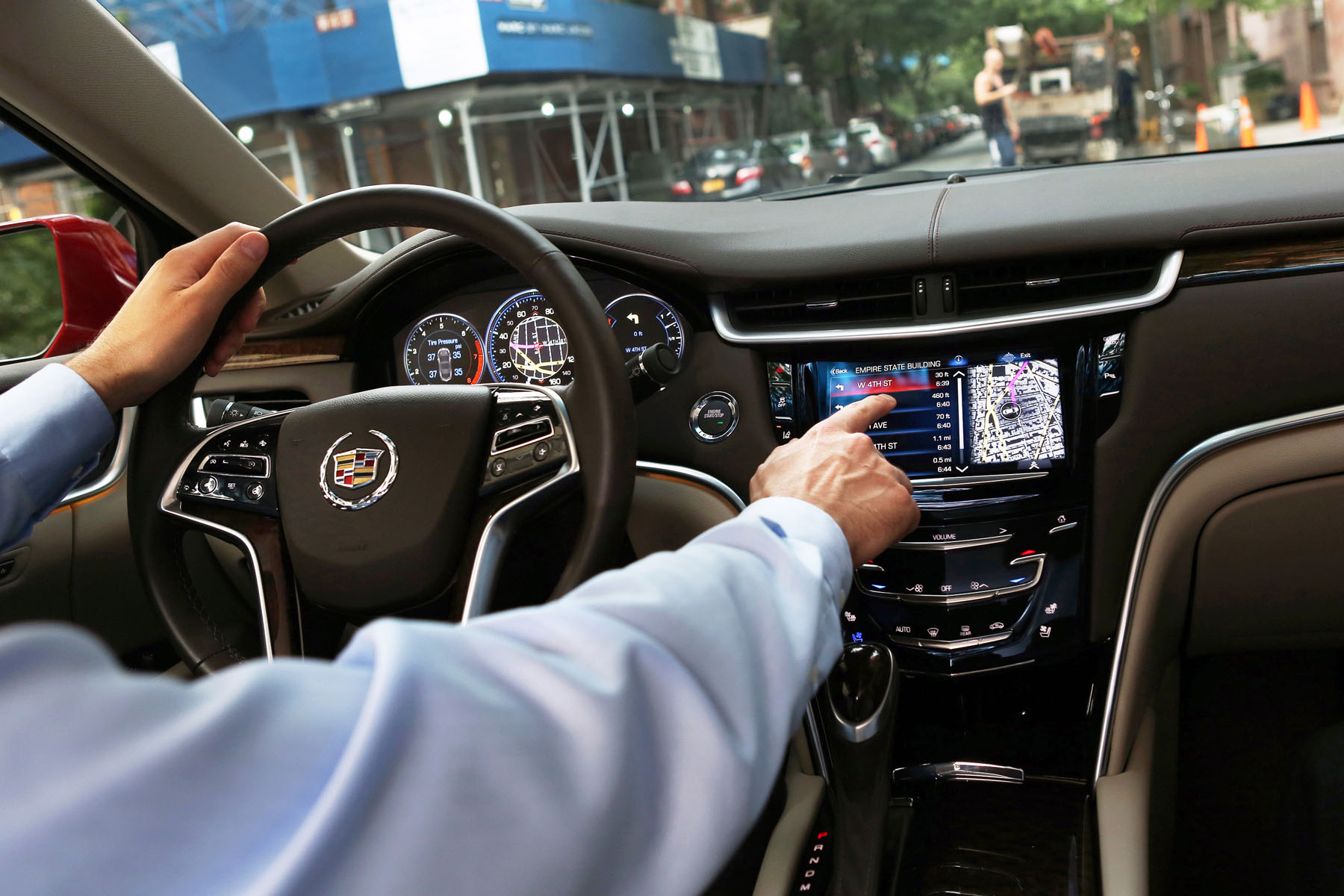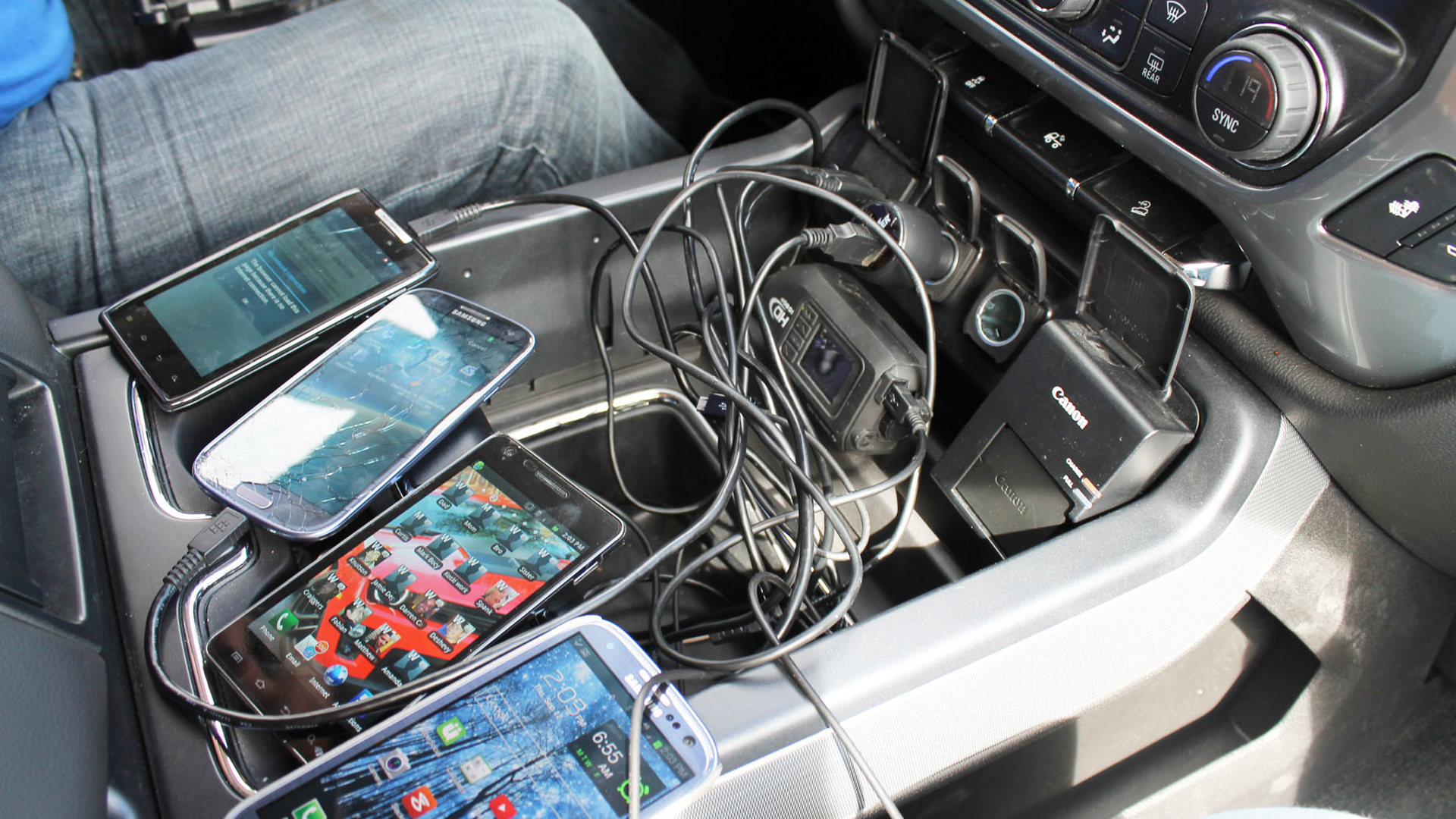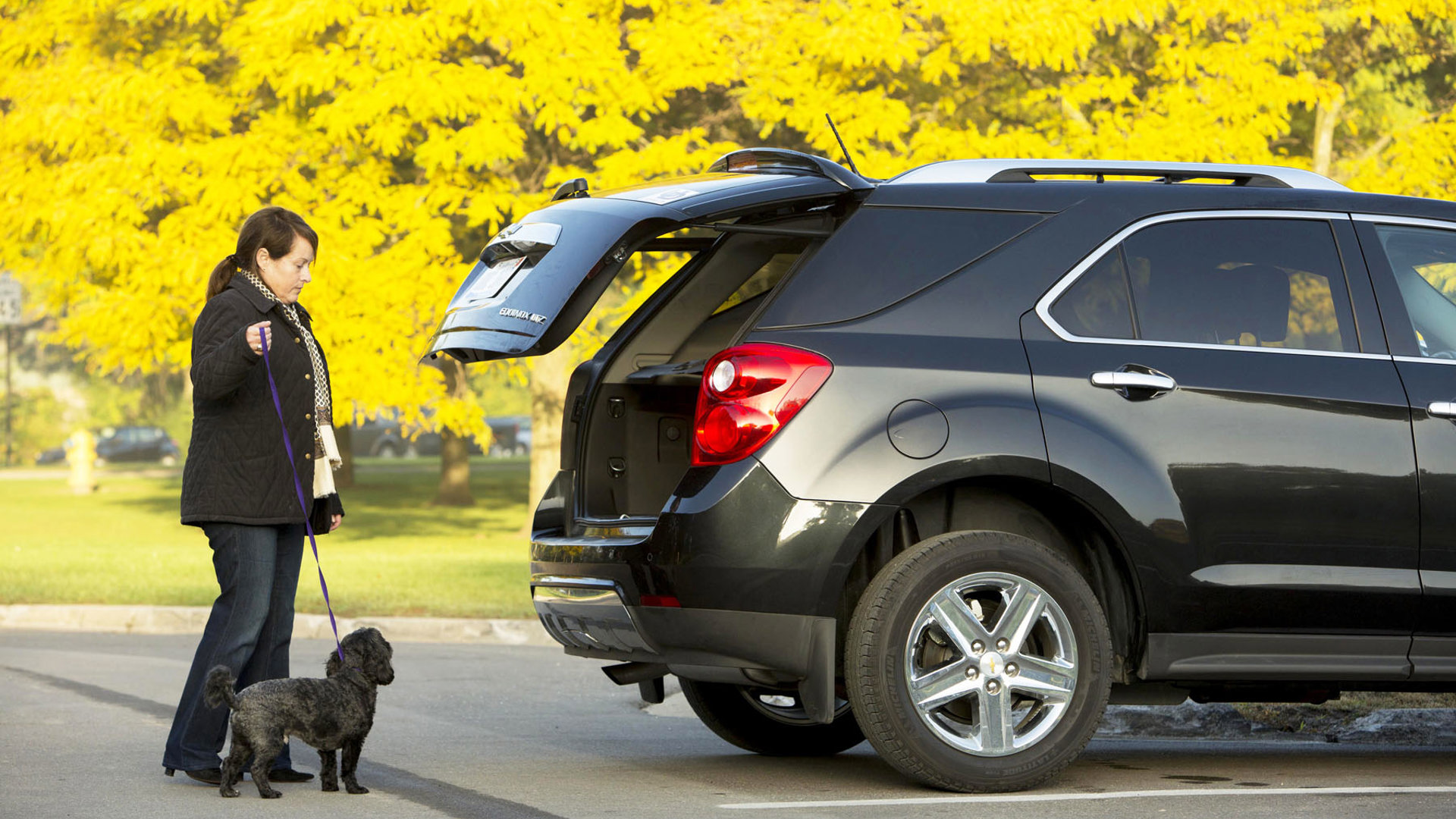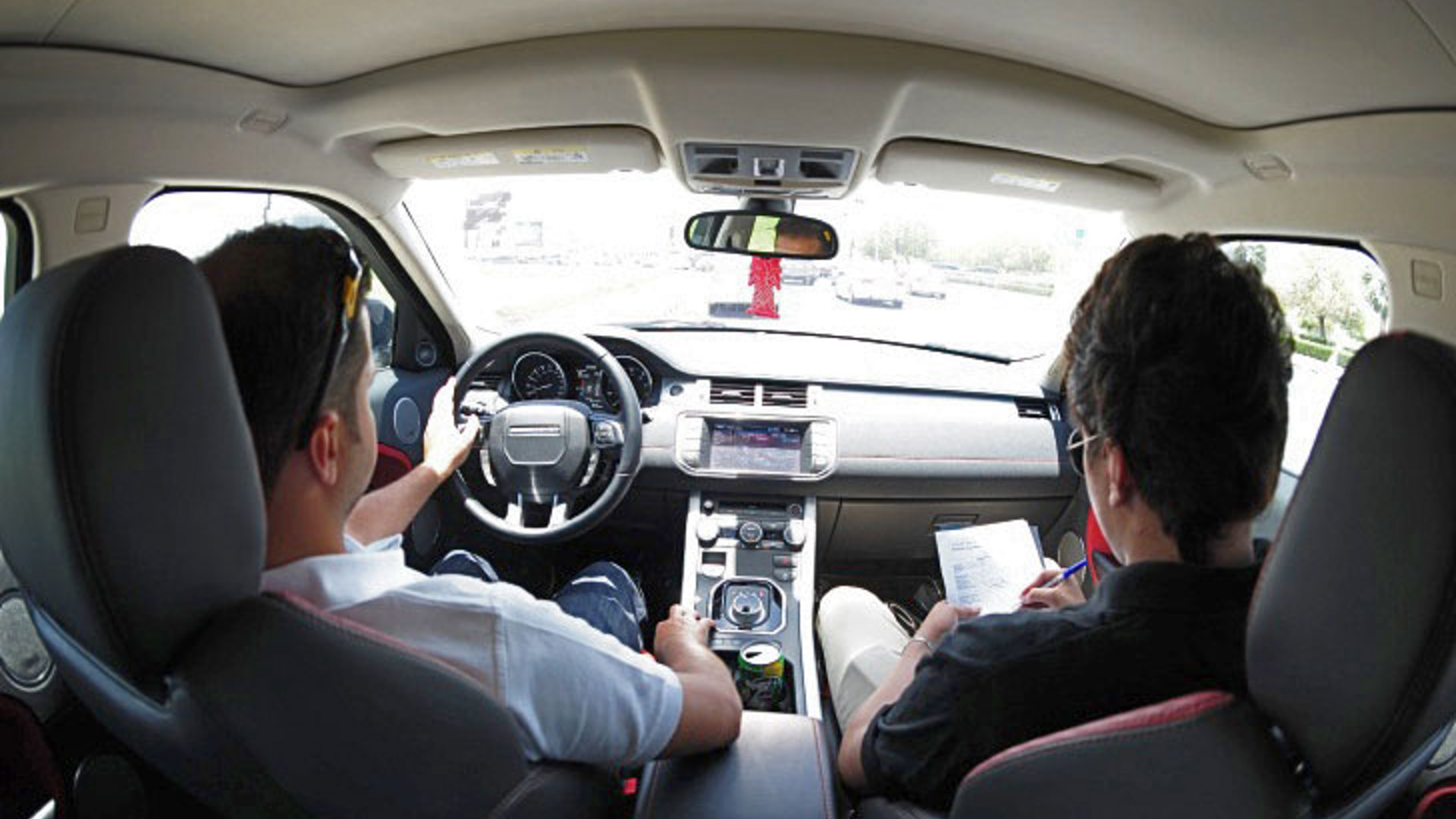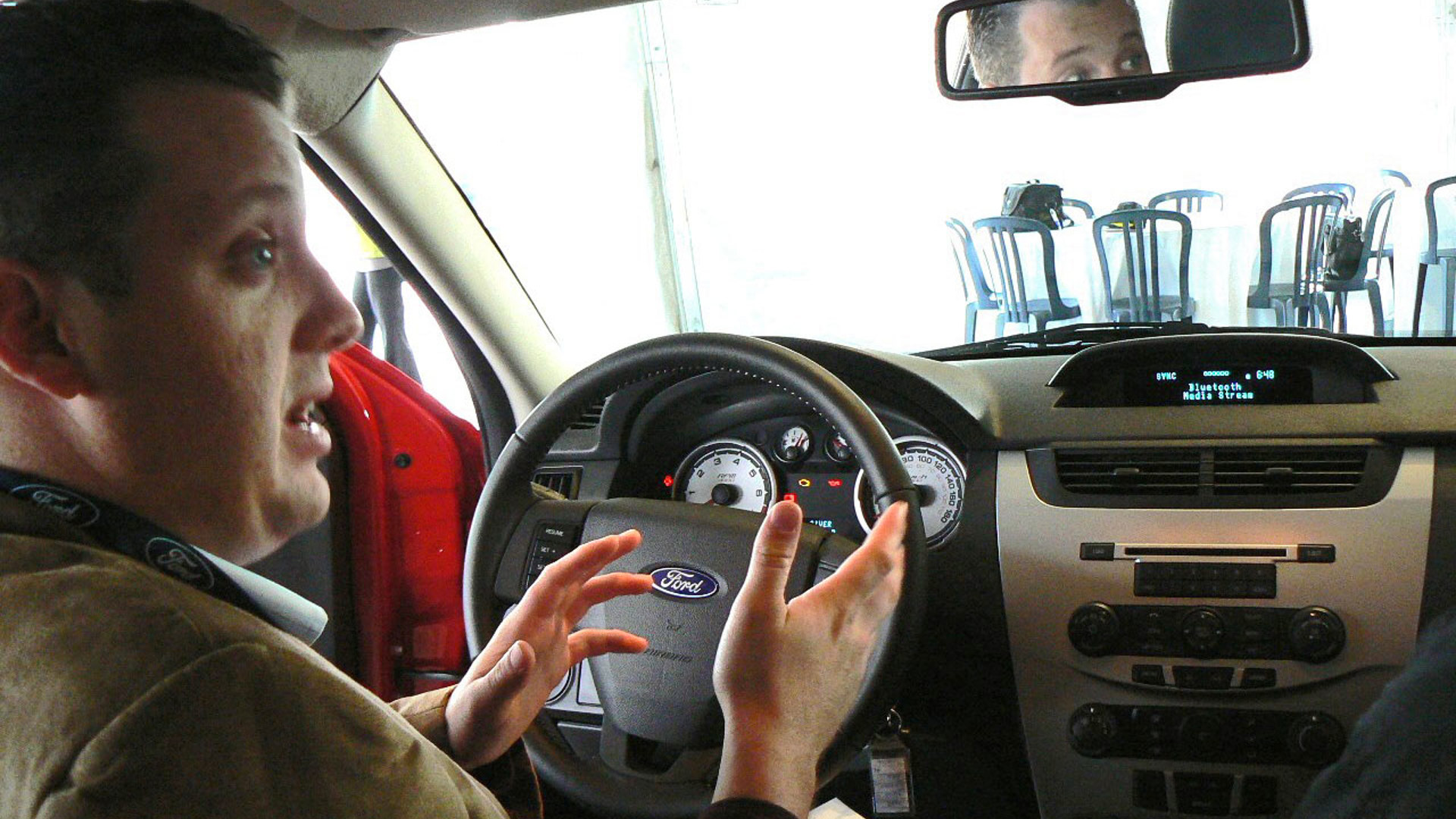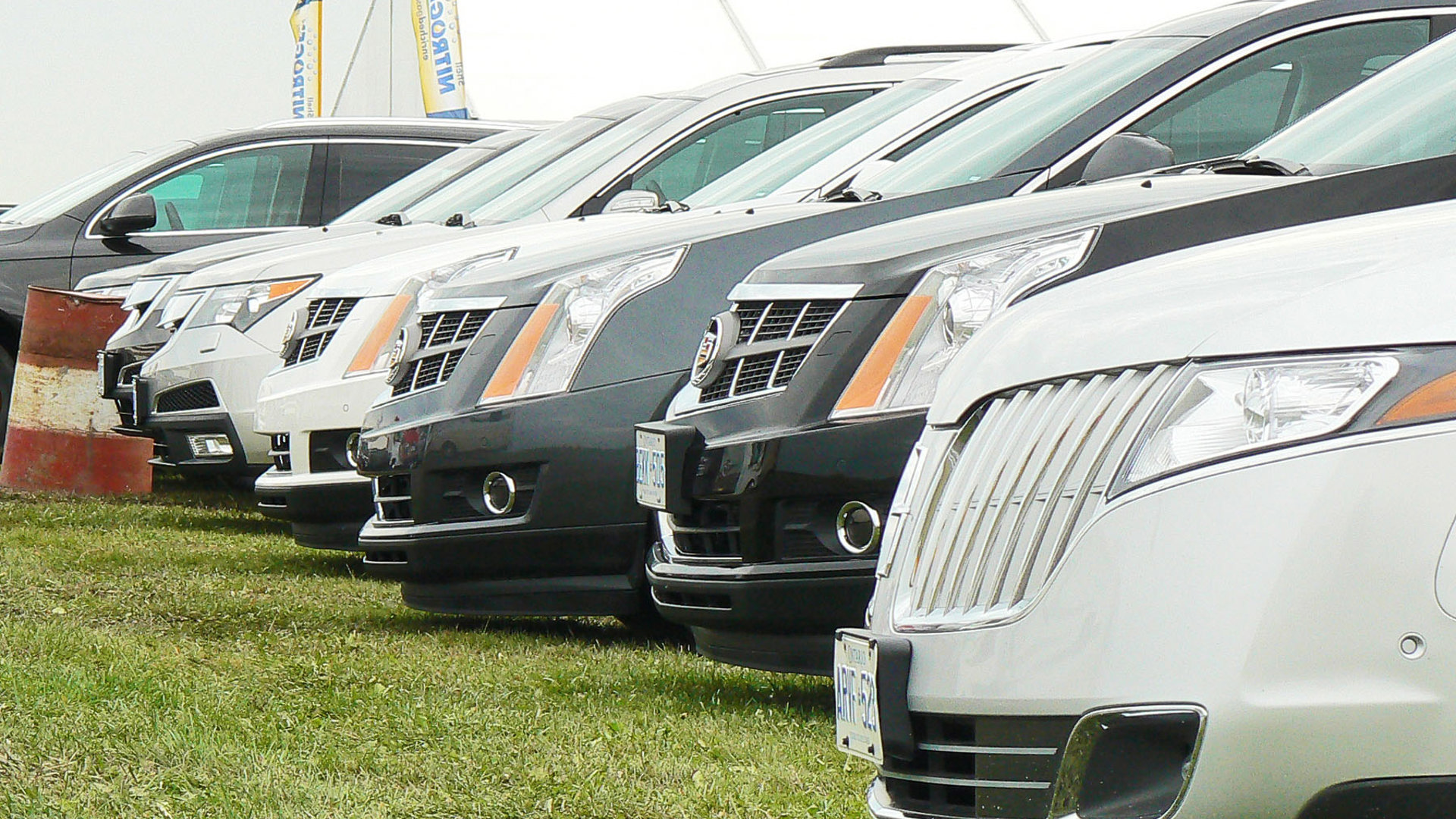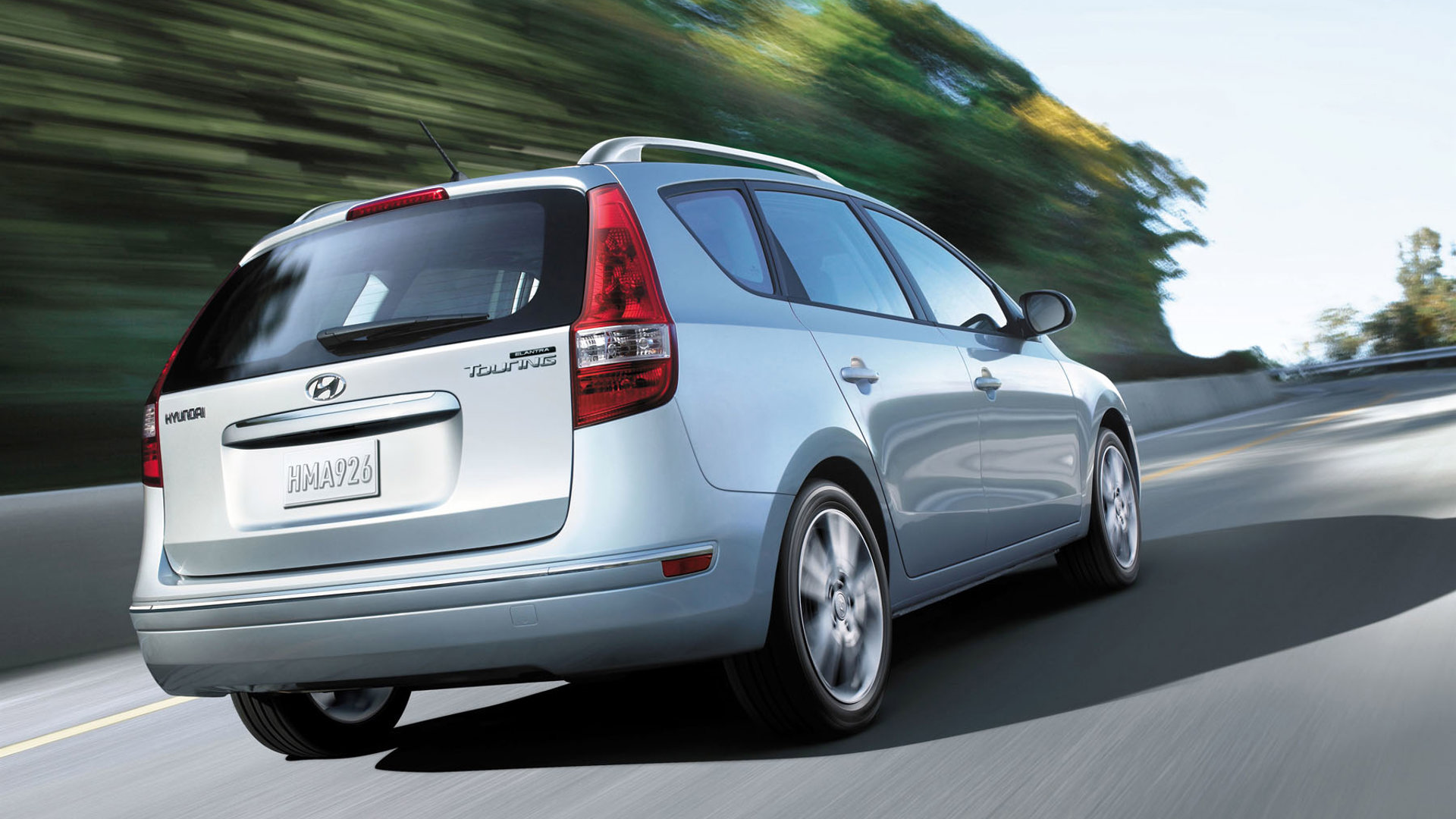You’re doing it. You’re going to buy a new car. One that nobody else has stepped foot in, one with 0 kilometres on the odometer, and one that will greet you daily with that new-car smell for months to come. You and your new mechanical family member will have a great life together, go on adventures, bond, have arguments, and spend plenty of time with your friends and kids and pets. What a magical experience buying a new car is.
Only one problem, though. Where to start? What to do? How to do it? Largely, the above depend on your experience, intentions, lifestyle and personality. Buying a new car isn’t the same for everyone. There’s no one-size-fits-all answer on how to buy a new car, and there’s no one single list or how-to guide that’s appropriate for everyone.
However, bearing some important tips in mind can help the first-time new-car shopper reduce stress and confusion along the way. Here’s a closer look.
Get Educated

Don’t be this shopper: “I want a hatchback. I want to spend $15,000. I like the grille on this car. Should I get a pickup truck? I want to spend $27,000. I don’t like hatchbacks. What about a sports car?”
Remember that you’re best to start shopping with a good idea of the type of vehicle you want, the sort of features you want, the sorts of traits that are important to you, and a few key competitors to test drive against one another. That all starts with determining the type(s) of vehicle you’re after.
If you haven’t been in the new car market for a while (or ever) you’ll want to get educated on the options. Read reviews. Visit online owner forums. Check out the model(s) you like out on YouTube. The AJAC, a panel of Canadian automotive reviewers, keeps extensive testing and comparison data on their website too, which can be helpful as a comparison tool.
Are you big on safety? Visit the IIHS website for a look at safety scores given to your potential new ride by this third-party safety authority. If you’re big on resale value, check the ALG website for the machines forecast to hold onto the most of their value into the future.
Hitting dealer lots with a fairly focused idea of what you’re after is a great way to avoid wasting time and becoming frustrated.
Don’t Rush
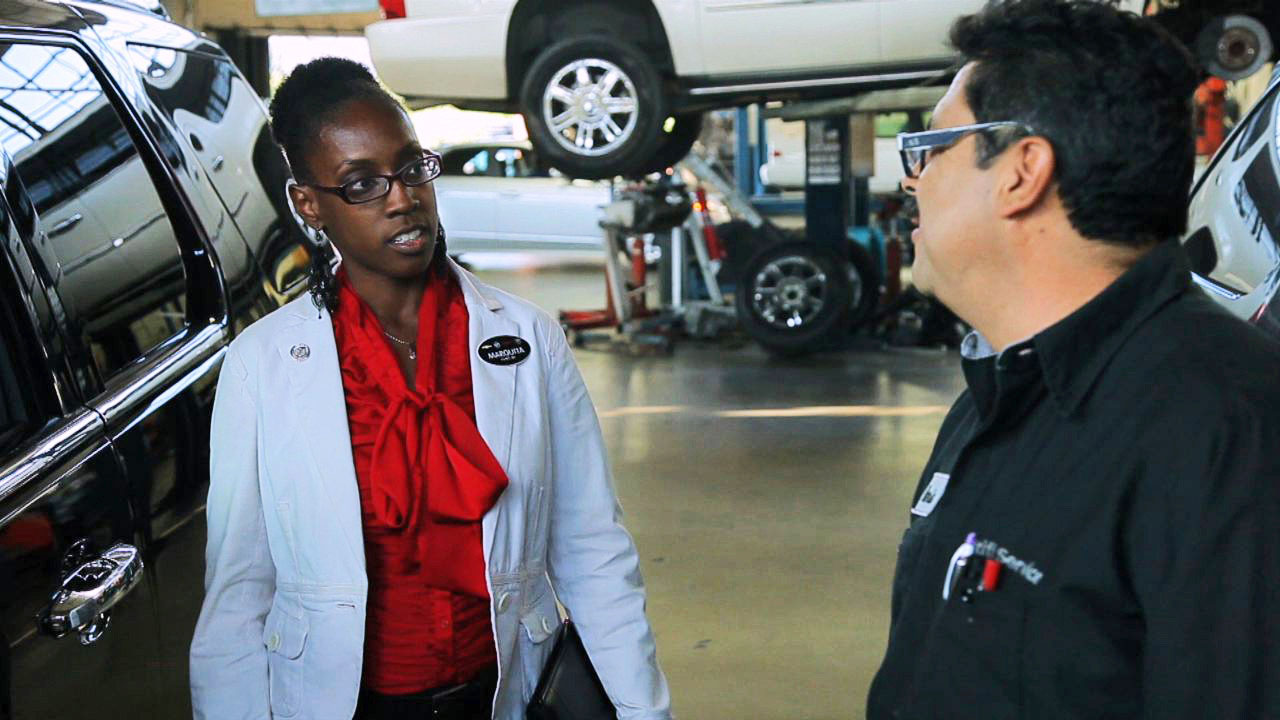
Buying a car on your lunch break, or planning to spend no more than an hour doing research, test drives and comparisons, is a great way to wind up with a car you probably won’t love for the long term. Plan ahead, take your time, and only visit a dealer for a test drive when you’ve got time to do it properly. A good test-drive should take half an hour or more, and if you’re strongly considering the model in question, you may want to test drive it more than once over the period of a few days or weeks.
Schedule your car-shopping endeavors into your calendar in a way that you’ll be able to browse, test drive and research things when you’re not rushed. Remember: this is one of the biggest investments you’ll make. Some things are good to rush through, but buying a car isn’t one of them. Want to have a look at new cars in private? Visit a dealer after-hours and browse the lot.
Prioritize
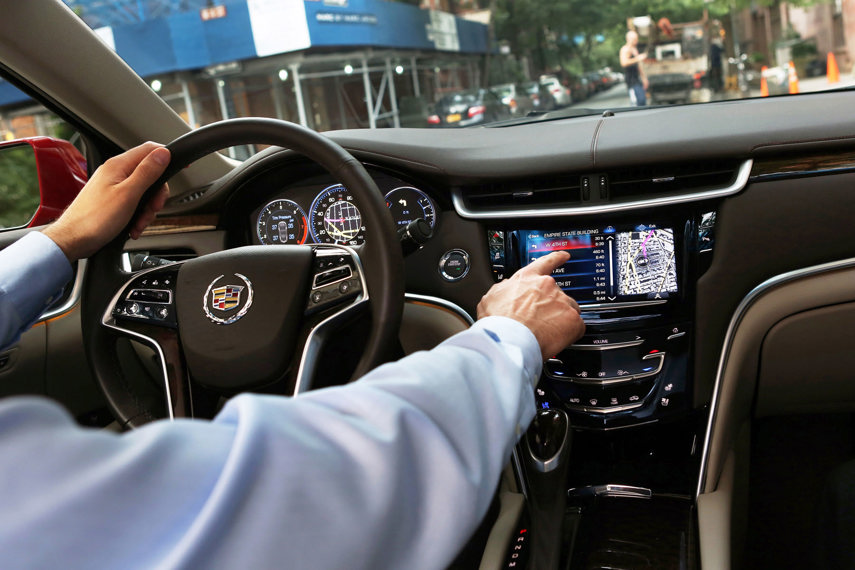
Make a solid, stick-to-it list of features and attributes your new ride needs to have. What’s important to you? All-Wheel Drive? Radar cruise control? High-performance xenon lights for nighttime driving confidence? A gigantic cargo area? A strong reputation for no-nonsense ownership? A long powertrain warranty?
Write down your price limit, as well as your priority features and attributes, to help you stay focused as you research and gather data towards your test drive. Go over the list with the sales representatives you meet to ensure you’re test-driving a model that hits as many of these marks as possible. This list is important: bring it with you, and insist on seeing a model that delivers on the listed items.
Get Driving
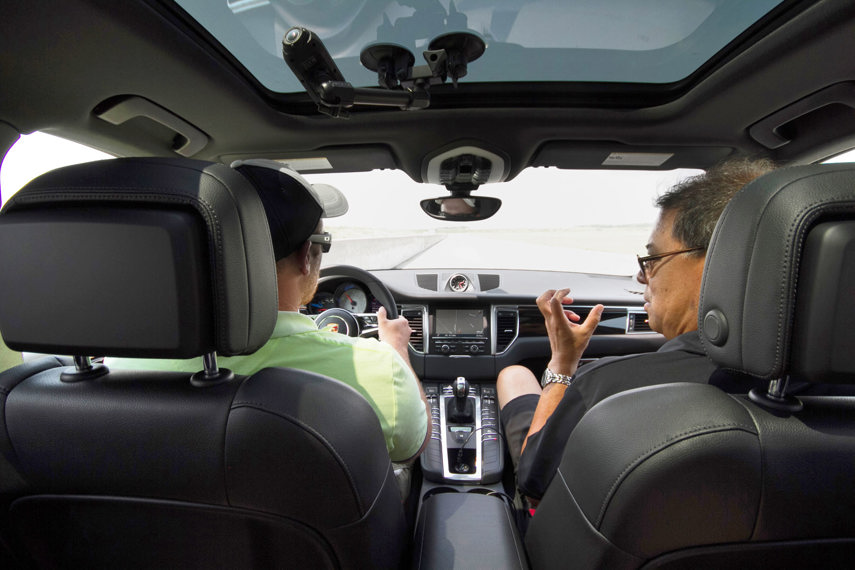
Once you’ve identified a list of vehicle candidates, identified your priorities and educated yourself, it’s time for some test-driving. If you haven’t visited a dealer or sales rep yet, consider calling the dealer ahead of time, talking to a sales rep, and scheduling a test drive appointment to avoid waiting. Be honest with the sales person: explain that you’re considering several models, including theirs.
Plan to spend 30 minutes or more on each test drive, starting with a full check of how you mesh with the vehicle’s cabin, systems and functions before you set off. Try the navigation. Pair your phone via Bluetooth. Fold down the rear seats and see if there’s enough room for your favorite ladder. The test drive is fun and informative, but there’s more to it than just the driving. Ask how long you can drive the car for: you’ll want to drive it in town, on the highway, on some rough roads and in a parking lot, as a bare minimum, to see how it responds in different situations.
Don’t Forget the Small Stuff
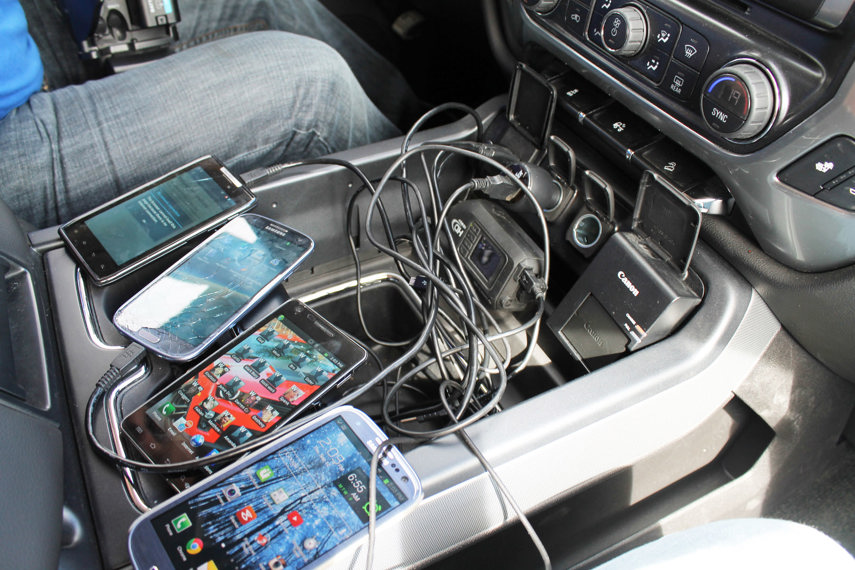
Does it have enough cup holders? Will your spouse find enough headroom? How does it ride on a nasty road? Is there room at-hand for smaller items to be kept organized? Are there enough power outlets? Think of your lifestyle, the things and people and pets you’ll use your car to transport, and how you need it to work for you in real life. Asking for a second test drive to confirm all of this and refresh your memory on the model in question is a good idea, too, as you narrow down your list of potential new-ride candidates. Bring the kids, the spouse, or a friend or two along for the ride. Often times, extra sets of eyes can reveal something, positive or negative, that you might miss.
Go With your Gut
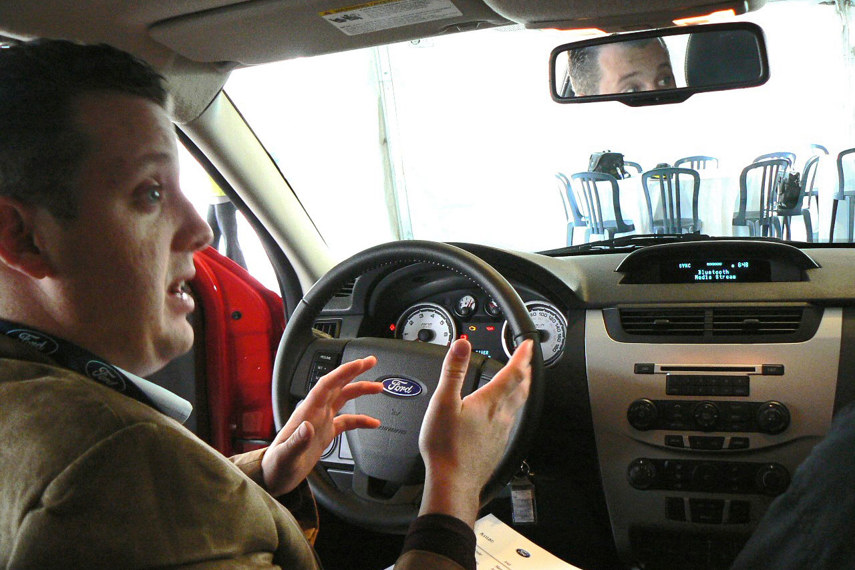
Reading reviews, listening to sales pitches and educating yourself on the latest systems and technologies is only part of the battle. In a new car, be sure to listen to your gut, and your heart. Test-driving numerous competitors back to back, preferably on the same day, will easily show differences between the models you’re considering.
Remember that list of needs and wants we made a few steps ago? Listen to your gut when it comes to considering how well the model in question will deliver on the items in that list. Finally, remember: there’s no right car in any given category – only cars that do a better or worse job of catering to your unique needs, tastes and budget.
Lease or Buy?
Leasing is good, and so is buying: it all depends on what you’re after. Leasing tends to be the better choice if you’re willing to forego the pride of ownership to be in a newer model that’s covered by warranty the entire time you drive it, but you’re often limited in how many kilometers you can drive per year, and you won’t be able to modify the vehicle in question. Buying outright is best if you’re big on actually owning the vehicle, planning to modify it, or planning to put miles on quickly.
Haggle
Oh, haggling. Successful haggling practices will vary from car to car, dealer to dealer and province to province. A few tips to consider include not mentioning that you have a trade-in car until after you’ve secured the sales person’s best deal (if applicable), and bringing your lowest possible price to several dealerships, even out of town ones, to see if they’ll match or better it. Just a few phone calls to nearby dealers could save you cash – so it’s worth the time. For instance, in your writer's locale, I’ve seen many shoppers save $1,000 or more by travelling a few hours south to a bigger city.
Seal the Deal
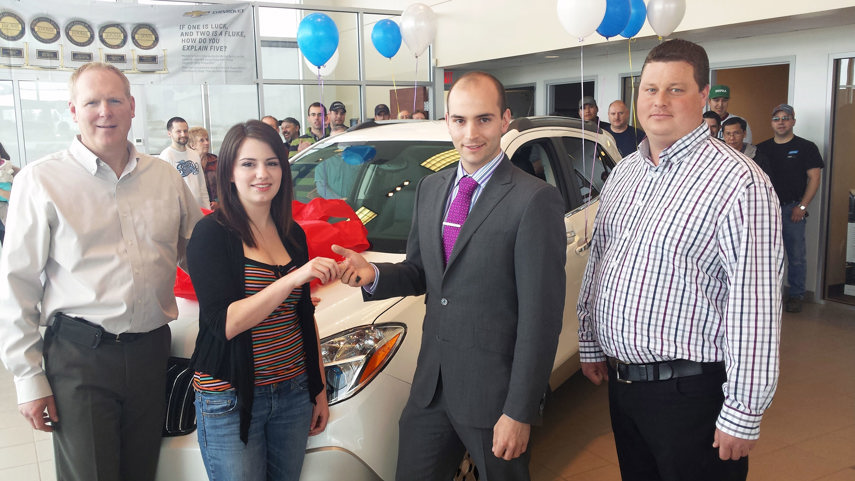
You’re buying your car, and it’s up-sell time. From seat scotch-guarding against ketchup spills and dog-vomit to oil-spray to add-on warranty coverage, you’ll have plenty of extra-cost items to consider. Usually, these add-ons don’t need to be added right when you buy, and they’re typically designed to target shoppers when they’re most vulnerable and about to hand over tens of thousands of dollars. What’s another thousand bucks worth of add-on stuff above the $27,000 you’re about to shell out for a new ride, after all?
Unless you’re set on any of these up-sell items, be sure to get the information, do some research, and head back to the dealer to purchase any items and coverage that you determine are worthwhile, after you decide if any are of value to you.
Bring it Home
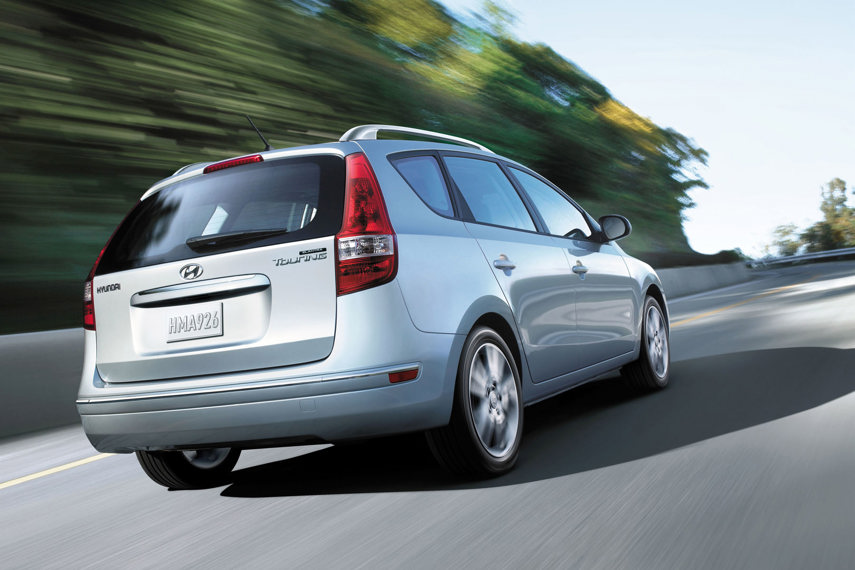
You did it. The cheque is signed, and you’ll be picking up your brand new ride in just a few short days. Think long term, giving thought to some accessories and products to keep your ride in its best possible condition for years to come. A local detail shop can, for instance, buff, wax and seal your ride’s paint when it’s brand new, forming the basis for a long-lasting protective paint barrier. Form-fitting all-weather mats can protect the interior from the ravages of winter, and your dealer, or local automotive store, has a variety of protective implements and cargo organizer solutions to help keep your ride protected while increasing its functionality.
